Garden Bed Drainage Solutions: Preventing Waterlogging and Ensuring Healthy Roots
In most cases, even the most welcome of guests need to say their goodbyes at some point — or risk damaging their relationship with their hosts.
A similar dynamic is known to play out in gardening. Though water is greatly wanted and needed in the garden, when it hangs around too long, the excess moisture starts putting plants’ well-being in jeopardy. Soil that’s waterlogged — so soaked that it can’t absorb any more moisture — can cause root rot, fungal growth, and even plant death.
If your garden soil is retaining excess water, it’s probably the result of poor drainage, which can be caused by a wide range of factors, from compacted soil to the location of your garden bed.
The news isn’t all bad, though. There are steps you can take to fix the problem. Before we get into potential solutions, though, let’s take a closer look at the issue of soil drainage.
When water lingers
Why is excess water such a problem for plants? For one thing, if your soil gets waterlogged, your plants’ roots won’t be able to get the air they need. Essentially, your plants could drown.
Plant roots that sit in water too long also are at risk of decaying. This also puts your plants at risk of weakening and, over time, dying. The water also can lead to fungal growth, another risk factor for your plants’ health.
Even plants that manage to survive in waterlogged soil likely will be missing out on nutrients. Water helps dissolve and move nutrients in the soil to the plant roots. But when there’s too much water, the nutrients can get washed away or diluted.
Red flags
Unlike some gardening challenges, drainage issues are fairly easy to spot. Keep an eye on your soil. Are you seeing puddles long after rainfalls or irrigation? That’s a sign of poor drainage.
Your plants might be trying to tell you there’s a problem, too. If they’re yellowing, not growing well, or seem droopy — even when the soil feels wet — they might be sitting in too much water.
Why is this happening?
Sometimes, a soil’s tendency to hold water goes back to the soil itself: Soil composition is a big factor in both good and poor drainage. Clay-rich soil, for example, comprises tiny particles that stick together. It’s likely to retain water and drain very slowly.
The problem could go deeper: If your garden’s topsoil sits on dense subsoil, water drainage could come to a stop when it reaches that layer. Plus, some areas have a high water table: Their groundwater is close to the surface. If this is the case, your garden soil may only be able to absorb limited amounts of moisture before it becomes saturated.
In other situations, human activity is the culprit. Soil that’s been compressed by foot traffic, heavy machinery, or other factors will have fewer air pockets — and that will slow water movement.
Overwatering can contribute to waterlogged soil, too. While your garden does need good soakings to get water to your plants’ roots, don’t water unless you know the soil is dry about 6-8 inches below the surface. When you do apply water, use a gauge or similar device to make sure you don’t over- (or under-) water: Aim to provide about 1 inch of water a week, depending on your climate and plants’ needs.
Another potential contributor to poor drainage could be your garden bed’s construction. Beds that are at ground level or in a sunken area of the yard can collect water.
Additional factors could include:
- Garden debris and over-mulching: Mulch is great for your garden. It helps retain moisture and minimize weed growth. But too much of it can impede water infiltration.
- Lack of organic matter: Soils that don’t have enough organic matter, like compost, are more likely to have poor structure, which can contribute to drainage problems.
- Gutter and downspout runoff: If runoff from your roof is directed into your garden areas, it could overwhelm your soil's ability to drain.
The solutions

In some cases, the fix for drainage problems is straightforward. If you realize that your garden is being impacted by overwatering, for example, you can adjust your irrigation practices. If roof runoff is an issue, consider redirecting your downspouts or using a rainwater barrel to catch the excess water.
In other cases, your solutions will be a bit more involved. Here's a closer look at potential remedies to poor soil drainage.
Elevated/raised garden beds
When you elevate your planting area, excess water will drain away from your plants’ roots. If you opt for raised garden beds, make sure the bases have adequate drainage, and consider using wicking cells.
Drainage systems
If water tends to collect in the area where your garden is, a drainage solution might help. A French drain, for example, is a gravel-filled trench with a perforated pipe that would redirect surface water and groundwater away from your garden. Another option would be to set up a dry well, a place for excess water to collect and slowly soak into the ground, away from your plants’ roots.
Surface improvements
You also grade your soil’s surface, so it slopes, and water flows away from your garden bed. Or you could create shallow ditches or channels to direct water to a suitable drainage area like a rain garden or a dry well.
Work with the soil
Incorporating organic matter like compost or rotted manure will improve your soil’s structure and, in turn, improve water movement.
If your garden is home to clay-heavy soil, try working in coarse sand or grit to improve drainage. A warning: This method requires a substantial volume of material to be effective and could alter the soil's overall properties.
For compacted soil, use a garden fork or a core aerator to loosen the dirt, that should help water penetrate more easily.
Modify your mulch
Make sure you don’t have too much mulch on top of your soil: a layer of 2-3 inches is about right.
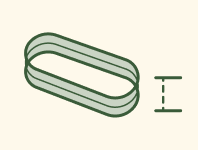
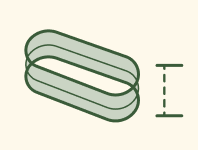
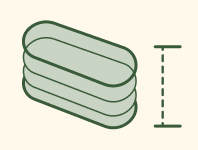
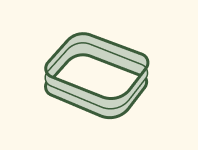
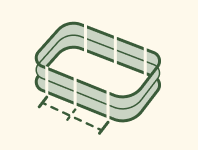
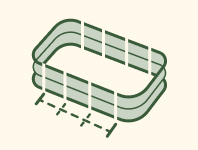
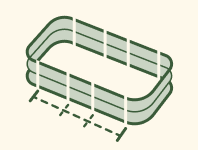
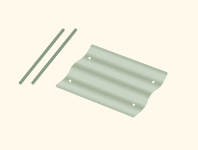



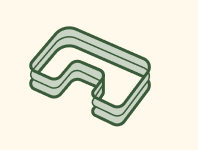
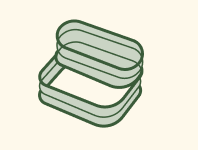


















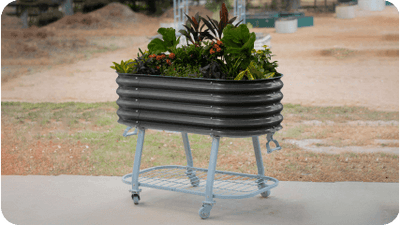








































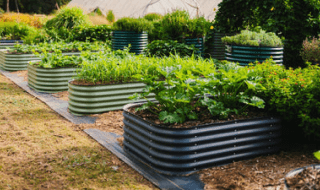
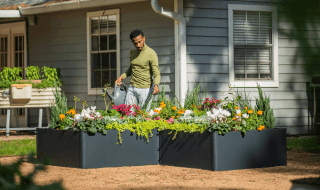
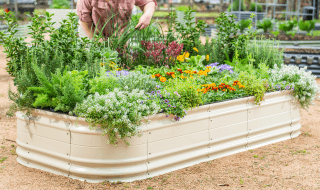
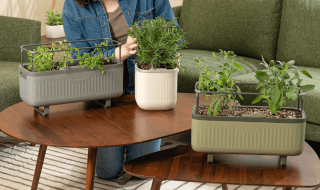
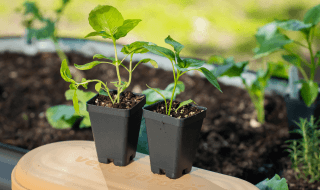
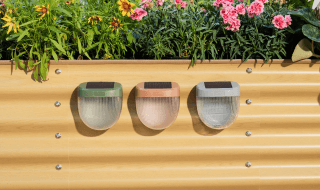
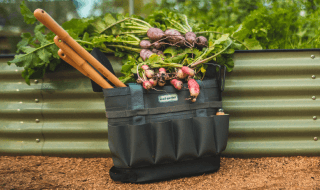
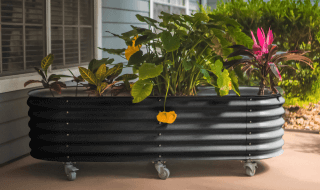







Like what I see & read so far! Excited to be here!
Leave a comment